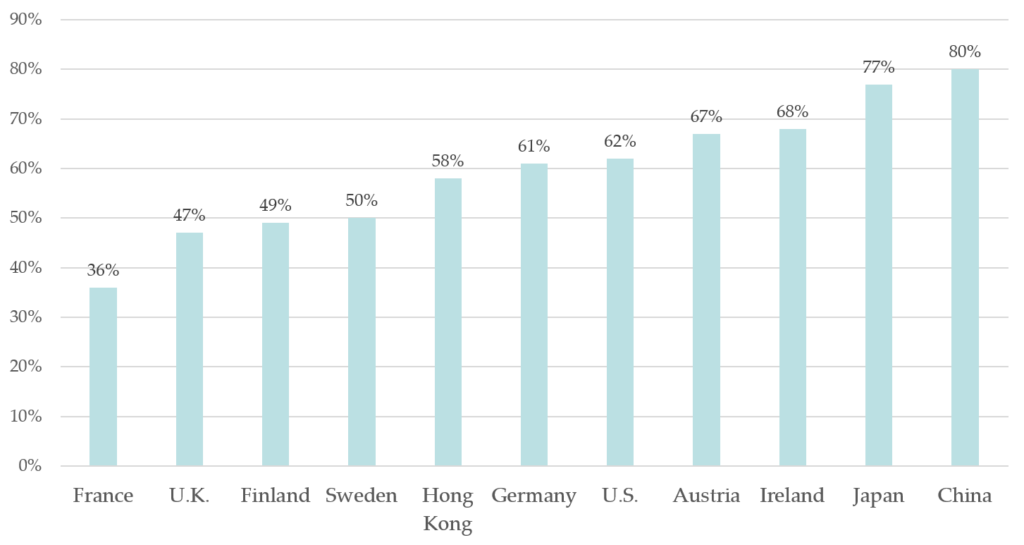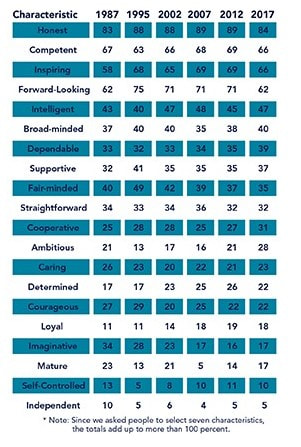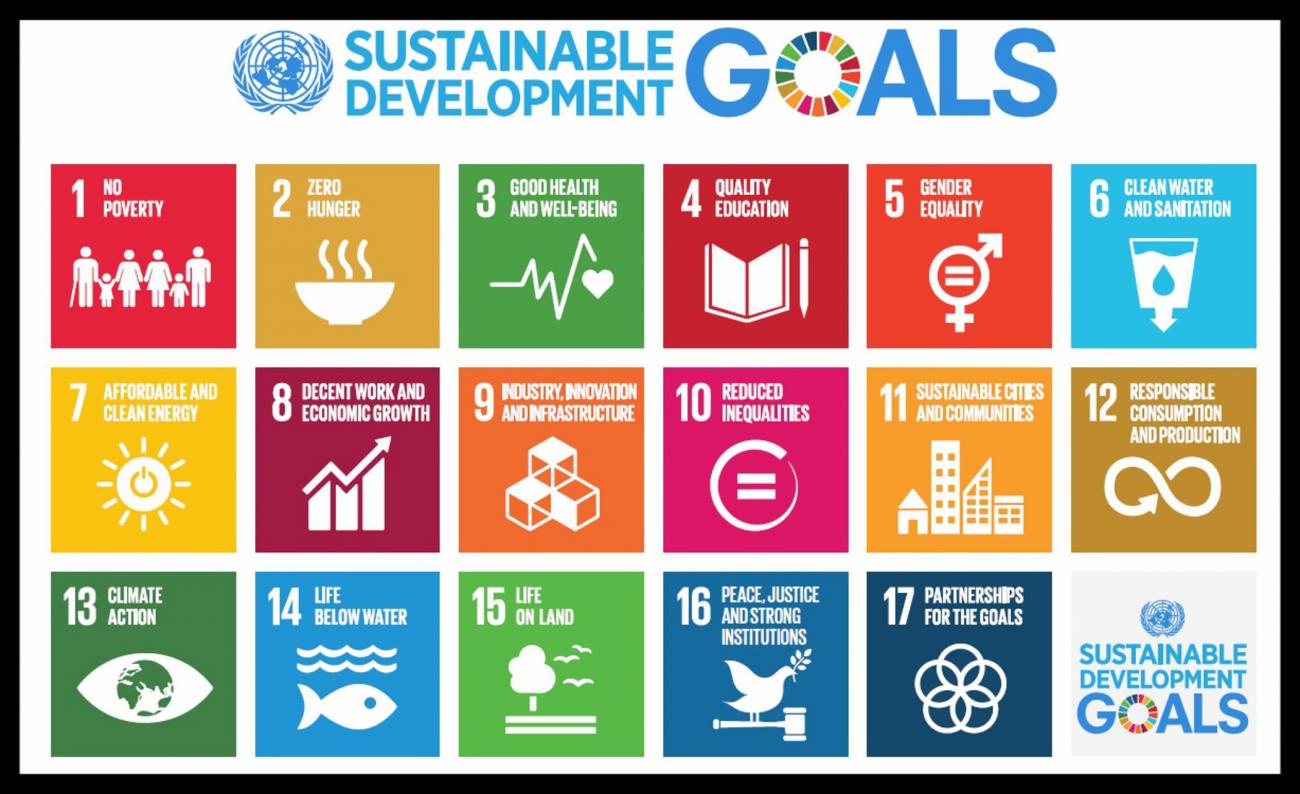We’ve all heard of flow—that remarkable state of being in the zone and operating at our best. Many of us have experienced it. But what exactly is it? And how do we get into it? Have you experienced flow at work?
First, we note that the deep concentration and absorption associated with flow is becoming much harder to attain these days with all our alluring devices and their dopamine-driving distractions.
Just when we need it most, it’s becoming more and more elusive.
Complete Absorption
Mihaly Csikszentmihalyi, a psychology professor now at Claremont Graduate University, has dedicated much of his life to studying flow. In his interviews with athletes, artists, chess players, and rock climbers, he found that many of them moved into a state of flow—a “state of complete absorption in an activity and situation.”
Why did he call it “flow”? Many of the people he interviewed described the experience as if a rushing current of water carried them along. Writer Elizabeth Gilbert in her book Big Magic captures it beautifully:
“Sometimes, when I’m in the midst of writing, I feel like I am suddenly walking on one of those moving sidewalks that you find in a big airport terminal… I can feel myself being gently propelled by some exterior force. Something is carrying me along—something powerful and generous…. I lose track of time and space and self…. I only rarely experience this feeling, but it’s the most magnificent sensation imaginable when it arrives. I don’t think there is a more perfect happiness to be found in life than this state, except perhaps falling in love.”
Csikszentmihalyi characterizes flow as a state of “optimal experience”—of almost effortless attention and peak performance. In flow, he says, we feel “a sense of exhilaration, a deep sense of enjoyment that is long cherished and that becomes a landmark in memory for what life should be like.”
Flow changes everything. Once you experience it, you’re changed forever. You glimpse a different way of working. After jockey Red Pollard’s come-back ride aboard Seabiscuit at the famous “hundred grander” at Santa Anita, a spectator said Pollard looked like “a man who temporarily had visited Olympus and still was no longer for this world.”
In flow, according to Csikszentmihalyi, “Attention is fully invested in the task at hand, and the person functions at his or her fullest capacity…. You’re so involved in what you’re doing you aren’t thinking about yourself as separate from the immediate activity. You’re no longer a participant observer, only a participant. You’re moving in harmony with something else you’re part of.”
The Nature of Flow
What is flow, exactly? Flow involves three elements:
- Complete absorption in an activity
- Lack of anxiety about losing control
- Altered sense of time
The last one is a telltale sign. Recall those times when you’re so engrossed in the activity that you’re astonished when you discover how much time has passed in the meantime. It feels timeless.
The Body and Brain in Flow
Flow isn’t just a poetic description of a magical state but also a bona fide physiological phenomenon. When in flow, according to researchers, our heart rate and blood pressure decrease, and our facial muscles relax. Neurological studies show that the brain expends less energy during flow compared to when it’s wrestling with a problem.
Flow is associated with a decrease in “psychic entropy”: an anxious state of mind, common for many of us, in which our brain is stuck in a frustrating loop of concern and disarray, with fragmented attention. With that dialed down or switched off, we’re able to engage fully and enjoy the experience.
Flow and Performance
How does flow affect performance? According to Csikszentmihalyi, “a host of studies have found a strong positive relationship between flow and performance.” He notes that flow is positively associated with artistic and scientific creativity, learning, effective teaching, peak performance in sports, and even skill development. The latter is important, because it means that the more we can get into flow, the better we can get at our chosen activity.
According to the research, flow experiences are fairly rare, but almost any kind of activity—work, studies, hobbies—can produce them. So how do we achieve flow?
The Conditions for Flow
According to the research, there are three necessary conditions for flow:
- Clear set of goals
- Clear and immediate feedback (so we can tell if we’re advancing toward our goals)
- Balance between perceived challenges and skills, warranting our full attention (otherwise we’d experience boredom with too little challenge and feel anxiety with too much challenge)
Here’s where things get really interesting. Flow is not some mystical state that flow gremlins bestow upon us. It’s a mental state that we can invite by designing our work and context to meet these conditions.
Most of us live and work in a context today that makes achieving flow about as likely as winning the lottery. To invite flow, we need to get disciplined and systematic about doing what computer scientist Cal Newport calls “deep work”: working for extended periods with full concentration on a single task, free from distraction.
How to do this? In his book, Deep Work: Rules for Focused Success in a Distracted World, he recommends that we decide where we’ll work (a pleasant, quiet place) and for how long and how (with rituals, rules, and standard processes). We also need breaks built into our day to allow us to recharge—and to let our subconscious mind wander.
Perhaps most importantly, we must minimize distractions.
Distractions block flow and open the floodgates to psychic entropy. Too many of us have surrendered to a life of shallow work and distractions.
What could we do with a life of deep work infused with flow?
Wishing you well with creating more flow at work.
Reflection Questions
- When have you been in a state of flow?
- What was the context, and what were you doing?
- What ideas do you have for designing your work—and that of your team, if you have one—to invite flow?
+++++++++++++++++++++++++++
Gregg Vanourek is a writer, teacher, speaker, and coach on personal and leadership development. He is co-author of three books, including LIFE Entrepreneurs: Ordinary People Creating Extraordinary Lives (a manifesto for integrating our life and work with purpose and passion) and Triple Crown Leadership: Building Excellent, Ethical, and Enduring Organizations (a winner of the International Book Awards). Take Gregg’s Traps Test (Common Traps of Living), check out his Best Articles, get his newsletter, or watch his TEDx talk. If you found value in this article, please forward it to a friend. Every little bit helps!














